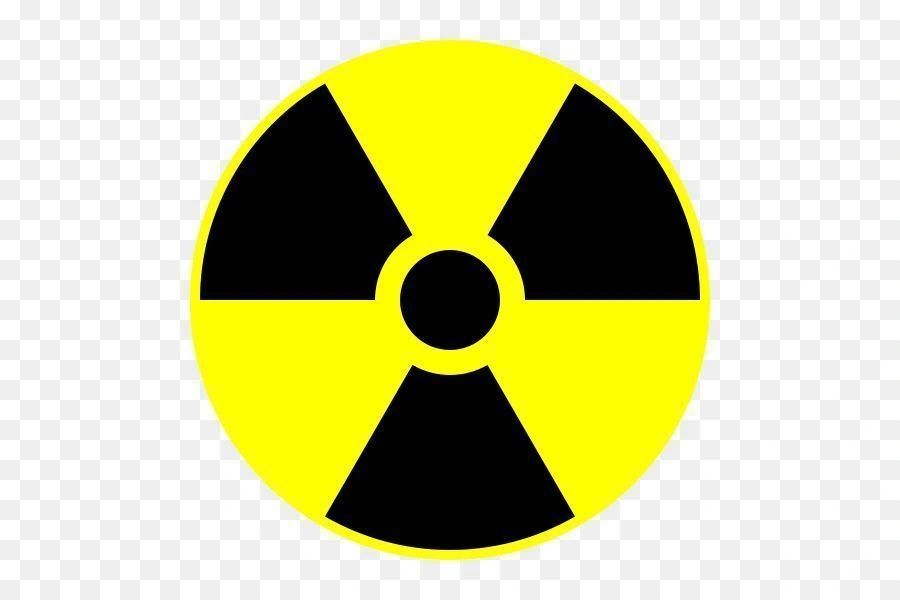About Radiation

Radiation specialists use the unit “rem” (or sievert) to describe the amount of radiation dose someone received. Without getting into technical specifics about that unit, it is enough to know that it indicates a measure of how much radiation energy is absorbed in our body. See the chart below to see how much radiation affects you.
10 mSv received in a short period or over a long period is safe—we don’t expect observable health effects.
100 m Sv received in a short period or over a long period is safe—we don’t expect immediate observable health effects, although your chances of getting cancer might be very slightly increased.
1,000 mSv received in a short time can cause observable health effects from which your body will likely recover, and 1,000 mSv received in a short time or over many years will increase your chances of getting cancer.
10,000 mSv in a short or long period of time will cause immediately observable health effects and is likely to cause death.
Let’s fill in the chart with a little bit more of what we know about getting a radiation dose to our entire body:
0 - 50 mSv received in a short period or over a long period is safe—we don’t expect observable health effects.
50 - 100 mSv received in a short period or over a long period is safe—we don’t expect observable health effects. At this level, an effect is either nonexistent or too small to observe.
10 - 500 mSv received in a short period or over a long period—we don’t expect observable health effects although above 100 mSvyour chances of getting cancer are slightly increased. We may also see short-term blood cell decreases for doses of about 500 mSv received in a matter of minutes.
500 - 1,000 mSv received in a short period will likely cause some observable health effects and received over a long period will increase your chances of getting cancer. Above 500 mSvwe may see some changes in blood cells, but the blood system quickly recovers.
1,000 - 2,000 mSv received in a short period will cause nausea and fatigue. 1,000 - 2,000 mSvreceived over a long period will increase your chances of getting cancer.
2,000 - 3,000 mSv received in a short period will cause nausea and vomiting within 24-48 hours. Medical attention should be sought.
3,000 - 5,000 mSv received in a short period will cause nausea, vomiting, and diarrhea within hours. Loss of hair and appetite occurs within a week. Medical attention must be sought for survival; half of the people exposed to radiation at this level will die if they receive no medical attention.
5,000 - 12,000 mSv in a short period will likely lead to death within a few days.
>100,000 mSv in a short period will lead to death within a few hours.
See this next chart to know to the symptoms and signs of too much radiation.
400 mSv or more locally to the eyes can cause cataracts
1,000 mSv- 5,000 mSvor more can cause hair loss for a section of the body that has hair.
2,000 mSv or more locally to the skin can cause skin reddening (similar to a sunburn).
10,000 mSv or more can cause a breakdown of the intestinal lining, leading to internal bleeding, which can lead to illness and death when the dose is to the abdomen.
15,000 mSv or more locally to the skin can cause skin reddening and blistering.
To protect yourself from small amounts of radiation, get radiation free smartphone/tablet cases that absorbs the radiation. Also wait about 5 seconds after you warm something up in a microwave. Newer and more advance microwaves can absorb all the radiation from microwaves.
